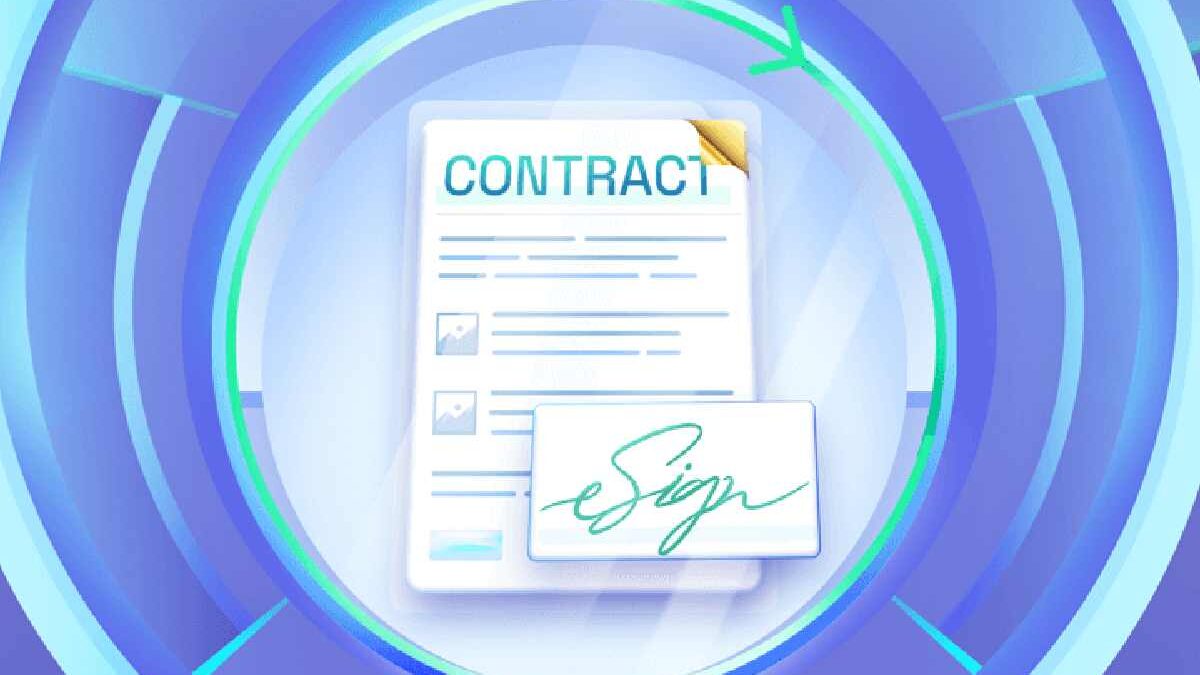The Evolution Of The Best Contract Management Tools: From Spreadsheets To AI
Let’s rewind. You’re three contracts deep into a vendor negotiation. You’re juggling redlines, trying to remember where the indemnity clause lives, and your “contract tracker” is a spreadsheet that hasn’t been updated since… let’s not talk about it.
You ask yourself: How did we get here?
And more importantly: How do we get out?
Welcome to the glow-up of contract management—from the chaos of shared drives to the sleek, AI-powered platforms that know your contracts better than you do.
Table of Contents
The Spreadsheet Era: Where Good Intentions Go to Die
Ah yes, the humble spreadsheet.
Tabs upon tabs. Color-coded chaos. Conditional formatting that somehow always breaks when you need it most.
This was ground zero for early contract management. It worked—until it didn’t.
Missed renewals. Mystery versions. And someone always asking, “Did Legal approve this yet?”
Let’s be honest: your spreadsheet didn’t manage contracts. It just kept them somewhat visible while they spiraled out of control.
CLM 1.0: The Great Digitization (and Great Friction)
Then came the first generation of contract lifecycle management tools.
Cue applause, cautiously.
They gave us:
- Centralized storage
- Routing workflows
- E-signatures
- Audit trails (finally!)
But they were clunky. Rigid. IT-owned. Customization required developer hours. And if Legal wanted to update a clause library? Might as well file a support ticket and circle back next quarter.
Helpful? Sure. Scalable? Not quite. User-friendly? Let’s not kid ourselves.
AI Enters the Chat: Finally, Some Brains Behind the Process
Fast forward to now. The best contract management tools? They don’t just hold contracts. They understand them.
AI has changed everything:
- It flags risk in real time
- Suggests fallback language based on past negotiations
- Auto-tags metadata (accurately, thank you very much)
- Predicts where contracts might get stuck
- Analyzes trends across thousands of documents
Total Visibility. Actual Control. And Speed That Feels Illegal.
Here’s the thing—AI-powered contract tools don’t just save time. They give you visibility you didn’t even know you needed.
Now you can see:
- What’s slowing down deal cycles
- Where redlines usually happen
- Which clauses legal always edits
- Which vendors are about to auto-renew (oops)
- And how much revenue is waiting on signature
This isn’t just helpful for Legal. Sales, procurement, finance—they’re all better off when contract data isn’t hiding in some rogue desktop folder.
Integration Is the Unsung Hero
If your CLM doesn’t play well with others, it’s not a solution—it’s a silo.
The best contract management tools? They integrate everywhere:
- Salesforce, so sales teams can generate contracts without pinging Legal
- DocuSign or Adobe Sign for seamless execution
- Slack or Teams for real-time updates and approvals
- ERPs for tying contracts to payments and performance
It’s not just connected. It’s frictionless.
Final Thought: The Best Tool Is the One That Actually Works for You
Let’s get one thing straight: it’s not about having the most features. It’s about having the right ones.
The best contract management tools in 2025:
- Automate the boring stuff
- Flag what matters
- Scale without breaking
- Let your teams move fast without losing control
- And make Legal look like the heroes they are
And if your current “solution” still involves spreadsheets and duct tape? It’s probably time to meet Ironclad—where contracts stop being bottlenecks and start being business drivers.
Because the future of contract management isn’t just digital.
It’s intelligent.
And finally—finally—it works the way you do.
The Evolution Of The Best Contract Management Tools

